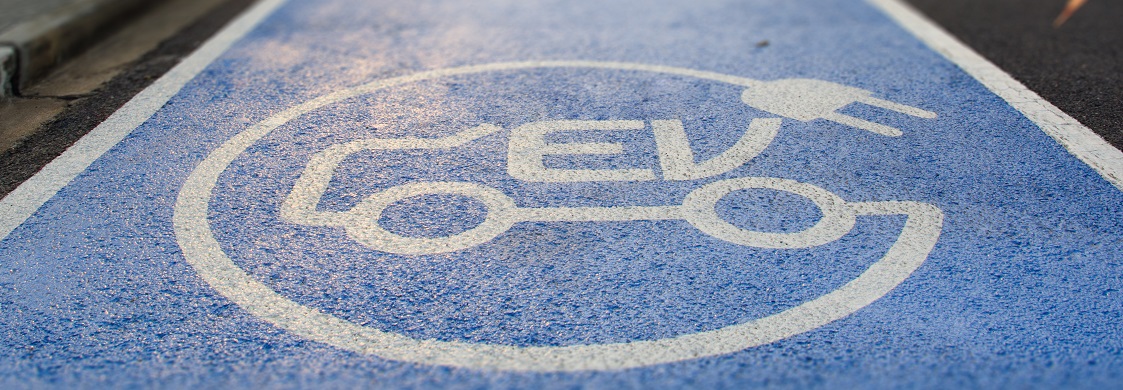According to new stats from Indicata, used electric vehicles (EVs) are selling just as quickly as petrol and diesel cars for the first time ever.
The Kia Niro topped the table in April as the fastest-selling EV model in Indicata’s data, and the Hyundai Ionic took third place.
But with new figures being reported every month, what’s the overall picture for used EVs, and is this demand going to be steady?
Stock issues
The semiconductor shortage has now rumbled on for well over a year, and between the dearth of new vehicles and the increase in cost of living, second-hand cars are experiencing a major revival in popularity. In the pandemic used car sales increased by 108%, and the boom shows no current signs of becoming a bust.
But, this increased demand has caused stock shortages of its own, and motor traders have reported they’re having to pay more and travel further to get the stock they need. 1.77m used car sales were completed in Q1 of 2022, a 5.1% year-on-year increase – but against a period in which car showrooms were closed due to Covid-19. Used car sales were actually 12% down against Q1 of 2019, i.e. pre-Covid.
So are second-hand EVs any easier to lay hands on? Most likely not, but the increased uptake of EVs as new car purchases will inevitably feed the second-hand car market in time. VW have recently announced they’re expanding their production capacity for EVs, to keep up with demand and reduce lead times. Kia, who currently produce two EVs and two plug-in hybrids, have promised 7 battery-electric models by 2027.
Increased demand
In 2021, more than 40,000 used electric vehicles changed hands, a 120% jump in EV transactions compared with just 10% growth in transactions of petrol and diesel cars. These stats from the SMMT set a new record for EVs.
Auto Trader reported that second-hand EVs were taking an average of 26 days to sell in January 2022, compared to 34 days for petrol cars. Again, these stats are recent and it will take time to see whether this is a long-term trend.
Cost of living
While EVs may be on the up in both new and used car purchasing trends, the decision to buy a car is being put off by one in five buyers because of the increasing cost of living. The new research from eBay Motor Group’s Consumer Insight Panel indicates that 29% will be looking to buy a cheaper car than their last model, and 20% plan to look for a smaller one, due to the rise in energy bills.
Amidst concerns over rising living expenses, consumers are increasingly turning to the used car market in search of budget-friendly alternatives. Used car dealerships play a pivotal role in meeting this demand, offering a diverse array of vehicles tailored to varying budget constraints. As individuals prioritize financial prudence, dealerships cater to their needs by showcasing an extensive selection of pre-owned cars, including economical options such as low tax cars for sale. By providing access to vehicles that not only offer cost-effective ownership but also align with evolving lifestyle demands, these dealerships empower buyers to make informed decisions that suit their budgetary constraints without sacrificing quality or functionality.
Clearly, there are a lot of factors at play and the market is far from stable. Used car dealers have a challenge on their hands both in sourcing stock, and in understanding and anticipating the needs of a changing market. One thing seems certain – EVs are here to stay, and motor traders need to find a way to meet demand.
